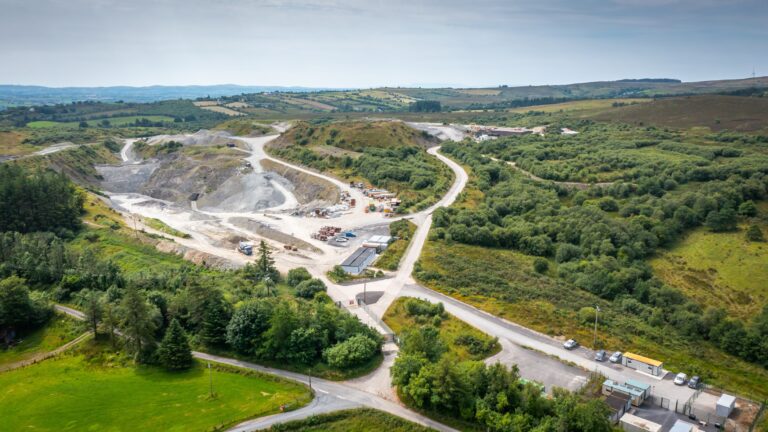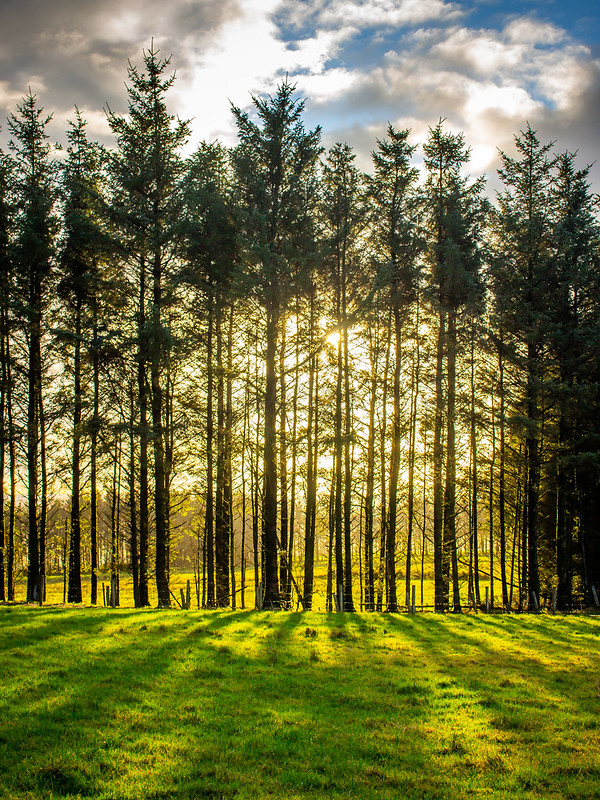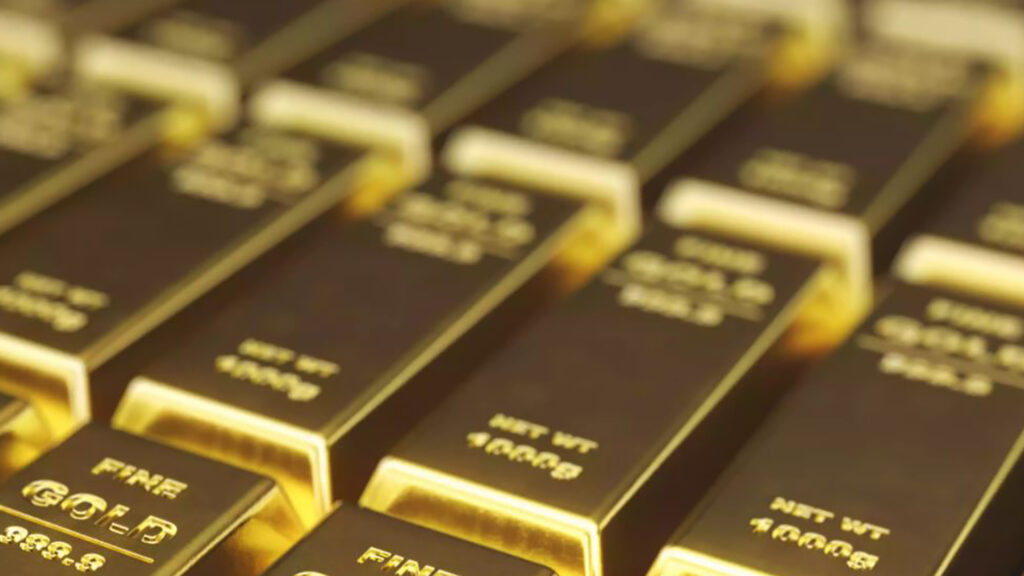articles
24 September 2023
Metal-mining pollution impacts 23 million people worldwide
At least 23 million people around the world live on flood-plains contaminated by potentially harmful concentrations of toxic waste from metal-mining activity, according to a study.
UK scientists mapped the world’s 22,609 active and 159,735 abandoned metal mines and calculated the extent of pollution from them.
Chemicals can leach from mining operations into soil and waterways. The researchers say future mines have to be planned “very carefully”. This is particularly critical as the demand surges for metals that will support battery technology and electrification, including lithium and copper, says Prof Mark Macklin from the University of Lincoln, who led the research.
Click here or on image for link to full article.
21 May 2023
Can We Avoid The Great Irish Mining Disaster? Part 2
In the last issue of Hot Press, Gerry McGovern outlined how – in an apparent cross-border policy that covers the whole island – over 25% of Irish land is being made available for prospecting. And he outlined the colossal potential for irreversible environmental damage. Now, in the second part of a definitive analysis of the risks of Ireland’s current mining policy, he begins by asking: has the Environmental Protection Agency gone missing in action?
Click here or on image for link to full article.
07 May 2023
Gold: Methods and approaches in the region.
Gold mining has often been synonymous with the contentious employment of cyanide. However, local mining companies assert their innocence, stating that they refrain from using cyanide on-site. This begs the question: How do these companies extract gold without relying on this controversial substance? In this article, we delve into the methods employed by these mining companies, shedding light on the techniques that shape the current landscape of gold production. Click on this link or the image for main article.
Click here or on image for link to full article.
30 April 2023
Ethiopia: Companies Long Ignored Gold Mine Pollution
This story reported by Human Rights Watch reveals the long-standing issue of pollution caused by gold mining companies in Ethiopia. Despite warnings and complaints from local communities, these companies have continued to prioritize profits over environmental and health concerns. As a result, the pollution from their operations has caused significant harm to the land and water, and has negatively impacted the health and livelihoods of nearby residents. This disregard for the well-being of the people and the environment reflects the all-too-common prioritization of profit above all else in the business world.She comes from the Munduruku tribe, who have been fighting against the destruction of their ancestral lands for years. Alessandra’s efforts have led to the dismantling of several illegal mining operations and the protection of vast areas of the Amazon rainforest. Her story is a powerful reminder of the importance of protecting our planet and the rights of indigenous communities who are often the most vulnerable to the devastating effects of environmental destruction.
Click here or on image for link to full article.
28 April 2023
Goldman Prize honours indigenous woman who stopped mining giant
Alessandra Korap Munduruku, a young indigenous woman from Brazil, has been awarded the prestigious Goldman Environmental Prize for her courageous fight against illegal mining in the Amazon rainforest.
She comes from the Munduruku tribe, who have been fighting against the destruction of their ancestral lands for years. Alessandra’s efforts have led to the dismantling of several illegal mining operations and the protection of vast areas of the Amazon rainforest. Her story is a powerful reminder of the importance of protecting our planet and the rights of indigenous communities who are often the most vulnerable to the devastating effects of environmental destruction.
Click here or on image for link to full article.
24 April 2023
Can We Avoid The Great Irish Mining Disaster?
The article in Hot Press discusses the potential risks and consequences of mining projects in Ireland, particularly in light of recent government approvals for new mining operations. The author highlights the environmental and social impacts of mining, including air and water pollution, damage to wildlife habitats, and displacement of local communities. They argue that the potential benefits of mining must be weighed carefully against these risks, and call for more transparency and accountability in the approval process. The article concludes by urging readers to consider the long-term impact of mining on Ireland’s environment and communities, and to advocate for sustainable alternatives to extractive industries.
Click here or on image for link to full article.
A068 APRIL 2023
Resisting the Gold Rush: Dalradian Resources and the Struggle Against Gold Mining in Ireland.
Who exactly are ‘Dalradian Resources’ and what are they all about? Who are the individuals or entities that own this mining company, and what are their primary objectives? How have their activities been received by local communities, and what concerns have been raised about their proposed gold mine in the Sperrin Mountains of Northern Ireland? These are some of the pressing questions that have been raised by activists, environmental groups, and concerned citizens in recent years, as the impact of Dalradian Resources’ mining operations on people and the planet continues to be a source of controversy and debate.
Click here or on image for link to full article.
A060 APRIL 2023
How do you 'sell' gold mining to communities?
While gold mining can generate revenue, it is important to recognize its limitations and prioritize sustainable economic development. We will discuss common methodologies used to promote gold mining projects, including unethical practices such as misleading information, manipulating public opinion, and bribing for support. We will also highlight the negative environmental and social impacts of gold mining and the importance of transparency and accountability in the mining industry.
Click here or on image for link to full article.
A054 APRIL 2022
Freshwater muscles and Dalradian
The Pollanroe Burn is a tributary of the Owenreagh River which is an Area of Special Scientific Interest (ASSI) because of the presence of freshwater pearl mussels, etc. and it is also part of the headwaters of the Foyle River Basin, itself an Area of Special Scientific Interest. These rivers must not be poisoned but instead afforded the highest levels of protection. That demands you do not allow anything to be discharged into it that has the possibility of altering its status and you certainly do not allow a cocktail of poisons such as that proposed by Dalradian. Many of the levels of substances applied for are in excess of parameters laid down by the Water Framework Directive Regulations (NI) 2015. Furthermore, the recommendations for Favourable Conditions, Water Quality Criteria for Freshwater Pearl Mussels in NIEA’s own document ‘Practical Implications of Freshwater Pearl Mussels measures’ are being completely disregarded in this application.
According to Dalradian’s consultants, Kaya, NIEA has agreed “ an allowed deterioration of mid-class average of 13% for Biochemical Oxygen Demand & 28% for Ammonia”. NIEA / DAERA must not bend the rules for Dalradian, especially at a time when people are very aware of the high Ammonia / Nitrogen levels in NI rivers and the ecological damage caused.
Dalradian’s response (Q 5) ‘Rainfall Independent Discharges’ implies that Mains Water will be a source of supply. This raises huge questions about the potential impacts on the local water supply if Dalradian’s planning application (LA10/2017/1249/F) is allowed.
(Thanks to Save Our Sperrins for the info)
Click here or on image for link to full article.
A053 MARCH 2020
Is our water at risk from the effects of mining?
During the excavation of the mine, the voids will constantly drain water from the surrounding rock and will need to be continuously pumped out.
If we look at the nearby example of Cavanacaw gold mine, where they are currently developing their underground mine, it is envisaged that up to 1290m³ (1.29 million litres) of water will be pumped out daily.
Click here or on image for link to full article.
A053 MARCH 2020
80% of Alaska metal mines polluted water
Earthworks Report: 80% of Alaska Metal Mines Polluted Water
Findings published amid push to gut public oversight and environmental review for new mines.
With the track record of the gold and metals mining industry you’d think that this would come as no surprise, but here it is in ‘black and white’.
The pursuit of short term economic benefit for long term environmental damage, much to the detriment of local populations is widespread.
Some shocking statistics regarding the five mines in the region include:
100% – All five mines have experienced at least one major spill or other accidental release of hazardous materials such as mine tailings, cyanide solution, diesel fuel and ore concentrate.
80% – Four of the five mines failed to capture or control contaminated mine water, resulting in water quality violations that often occurred over an extended period.
80% – Four out of five mines have been identified by EPA as out of compliance with federal laws to protect clean air or water in the last three years.
40% – Metals pollution from two mines has contaminated public lands designated as National Monuments.
80% – The Environmental Impact Statement (EIS) process at four of the mines underestimated water quality impacts, failing to predict violations of federal and state laws
Click here or on image for link to full article.
A052 NOVEMBER 2021
The Pensive Quill- Gold mining in the Sperrin mountains
Excellent article from ‘The Pensive Quill’- Mick Collins, discussing the issue of gold mining in the Sperrins, the background and the implications.
Click here or on image for link to full article.
A012 OCTOBER 2020
Dalradian bulk sample 2014-2017
This short video tracks the 15,000 tonne bulk sample that Dalradian extracted from their exploratory adit at Curraghinalt, near Gortin. Work started in December 2014 and over the next two years the contract to extract the sample was carried out by QME Ireland.
Ore was temporarily stored in the ore shed at the Curraghinalt site, then gradually transported to a purpose built 20,000ft² facility at Foyle Port while the rest of the sample was extracted.
Moving the sample to Foyle port would have required at least 425 truck movements on the 40 mile journey- amassing a complete return run of 34,000 miles for the entire load.
A017 JULY 2021
Prospecting licences- what's the deal?
You’re already aware that vast tracts of land around the west of the province has had prospecting licences issued to various mining/exploration companies. These licences are issued by the Department of Finance, some for as little as only £450. Various conditions need to be met by the licensee to fulfil the terms of the licence. But what does this mean for us? There are a number of questions raised- hopefully they will be answered here-
Click here or on image for link to full article.
A006 APRIL 2020
Gold, do we really need it?
Is there any real need to mine the Sperrins in the pursuit of more gold? Is there a genuine need for it? Or is this a myth based on the ‘global economic greed machine’?Exactly how does this ‘machine’ work, what feeds it, where does the gold go? And is gold really the sound investment it is portrayed to be?Can we live without the Sperrin mined gold? Can we live without gold at all? What impact does it have in our daily lives?
Click here or on image for link to full article.
A003 JANUARY 2020
Acid mine drainage
Acid mine drainage (AMD) refers to the outflow of acidic water from a mining site. In most cases, this acid comes primarily from oxidation of iron sulfide (FeS2, also known as pyrite or “fool’s gold”), which is often found in conjunction with valuable metals. Acid mine drainage is a major problem with many hardrock mines, including almost all mines where the metal ore is bound up with sulfur (metal sulfide mines). A significant number of coal mines also suffer from acid mine drainage.
The metals dissolved by the acid drainage poison downstream waters, in many cases to the point where nothing other than microbes can survive.
Click here or on image for link to full article.
A051 APRIL 2020
Curraghinalt exploratory adit
This video illustrates the explosive store, the main site compound, waste rock stockpile and the water treatment facility. The scale of this ‘exploratory operation’ is quite shocking, but it is nothing in comparison to what could be in stall for us if the planning application gets approval. The mine in Dalradian’s planning application will dwarf this operation, it will be the first of a series of mines in the Sperrins in Dalradian’s ‘mine camp’.
Perhaps most poignant thing about this video is the fact that if Dalradian had stuck to their word- none of this would be here today. It was due to be restored to it’s former ‘green field’ status, but so far the restoration process has not started, nor does it look imminent. Last year the fencing was reinforced, and several features were added to the site- hardly the actions of a company that are intending to restore the site soon. It makes you wonder though, what about the other promises that Dalradian have made? Will they be so fast to break these too?
Click here or on image for link to full article.
















